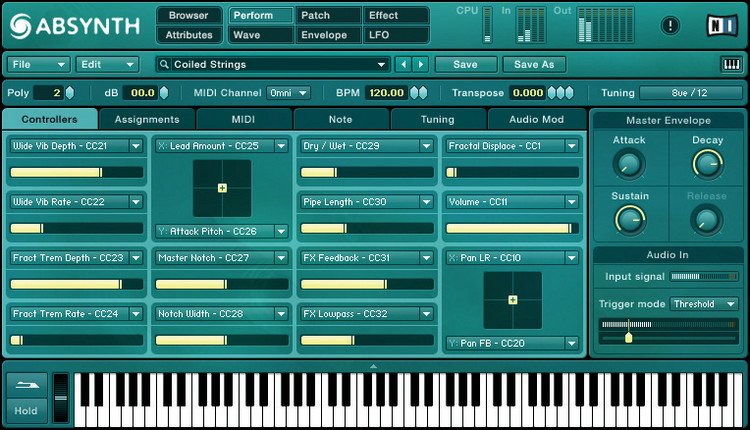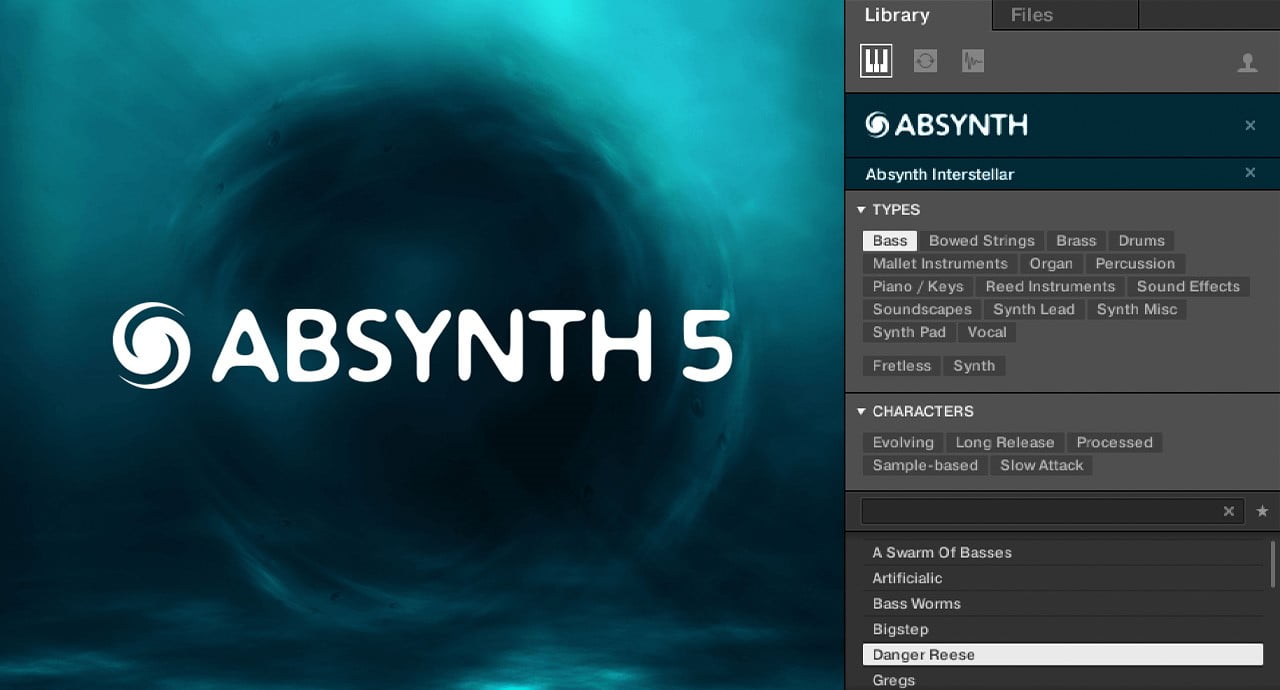

“ FabFilter is a pretty basic EQ plugin that we’ve been using, but Francesco prefers to use a bunch of different passive EQs that are good for boosting the highs and mids and are really soft-sounding.”.They’re not cheap but I would highly recommend them.” They’ve created their own set of plugins called GRM Tools and we’ve used them for a while to create texture within our acoustic mixes because they really don’t sound like anything else. “GRM is like a French society for musique concrète – people who like to sprinkle baking soda on magnetic tape and record it.“…we did use an old Binson Echorec tape delay a lot on this record as we love running sounds through things that provide an element of tape flutter.”.Other than that, they’re typically accompanied by just a drum and piano track.” The orchestrated tracks may have more because we used a Decca Tree, outriggers and a lot more mics that we ended up stereo bussing. “ How layered are the tracks on this album?” “ Five or six tracks might be the most on any of them.“There’s definitely some slowed down cello and solo viola samples that I recorded in the studio to write with so I could have a mock-up to take to Budapest.”.
 “…guitar-synth drone throughout the entire Invisible Cities soundtrack that’s actually a Prophet-5/Juno running through a two-inch tape loop…”. “So you’re basically creating your own Kontakt sample libraries?” “Absolutely.”. We’d like to release that as a sample someday as we’ve been working on it for a while now.” “Even the piano we used is a pitched sample we created from a real piano. “I prefer using simple keyboards like the Moog.”. We find ourselves making Kontakt patches out of that, so there’s nothing on the record that’s very pure except for maybe some Moog Voyager bass stuff.” “I’ve definitely acquired a lot of keyboards over the years, but we tend to go through this re-amping process using different mics until we spit out this thing that sort of sounds like a Juno meets Prophet-5 meets Jupiter-8. Note: In various Stars of the Lid interviews, it was said that they favor recording of Hungarian orchestras for their lower cost and fine performances. “…we chose really specific spaces that had a reverberation for example, a church across the street from my studio or a piano in a studio that has a really specific sound.”. , “…a history of recording in remote spaces with natural reverb…”. The Hungarian players there are really good, so I chose them to do the choir parts and some of the orchestration.” “… some of the orchestrated parts were recorded in a famous studio in Budapest where Jóhann Jóhannsson recorded Sicario. When you’re dealing with very minimal structures or instrumentation it’s so obvious when something’s not working, whereas when you pile on a bunch of instruments it’s easier to disguise imperfections.” “Maybe I’m a little biased but I don’t think people realise how hard it is to make ambient drone music and do it well. Time has a funny way of changing a piece of music you’ve worked on, so I’ve become a little insane about note-taking to specifically remind myself to come back to the initial feeling I believed in and keep going in a particular direction.” “I also try not to second-guess myself and stick to my initial feelings. “Since the beginning I’ve always had this philosophy that if I can’t fall asleep to a piece of music I’ve written it doesn’t make the record.”. “The music has to pass this creative test whereby if something in my brain shuts off then I know I’m getting somewhere.”.
“…guitar-synth drone throughout the entire Invisible Cities soundtrack that’s actually a Prophet-5/Juno running through a two-inch tape loop…”. “So you’re basically creating your own Kontakt sample libraries?” “Absolutely.”. We’d like to release that as a sample someday as we’ve been working on it for a while now.” “Even the piano we used is a pitched sample we created from a real piano. “I prefer using simple keyboards like the Moog.”. We find ourselves making Kontakt patches out of that, so there’s nothing on the record that’s very pure except for maybe some Moog Voyager bass stuff.” “I’ve definitely acquired a lot of keyboards over the years, but we tend to go through this re-amping process using different mics until we spit out this thing that sort of sounds like a Juno meets Prophet-5 meets Jupiter-8. Note: In various Stars of the Lid interviews, it was said that they favor recording of Hungarian orchestras for their lower cost and fine performances. “…we chose really specific spaces that had a reverberation for example, a church across the street from my studio or a piano in a studio that has a really specific sound.”. , “…a history of recording in remote spaces with natural reverb…”. The Hungarian players there are really good, so I chose them to do the choir parts and some of the orchestration.” “… some of the orchestrated parts were recorded in a famous studio in Budapest where Jóhann Jóhannsson recorded Sicario. When you’re dealing with very minimal structures or instrumentation it’s so obvious when something’s not working, whereas when you pile on a bunch of instruments it’s easier to disguise imperfections.” “Maybe I’m a little biased but I don’t think people realise how hard it is to make ambient drone music and do it well. Time has a funny way of changing a piece of music you’ve worked on, so I’ve become a little insane about note-taking to specifically remind myself to come back to the initial feeling I believed in and keep going in a particular direction.” “I also try not to second-guess myself and stick to my initial feelings. “Since the beginning I’ve always had this philosophy that if I can’t fall asleep to a piece of music I’ve written it doesn’t make the record.”. “The music has to pass this creative test whereby if something in my brain shuts off then I know I’m getting somewhere.”. #ABSYNTH 5 AMBIENT DOWNLOAD#
Take this one where Adam Wiltzie is interviewed: Ī-winged-victory-for-the-sullen_musicradar Download In various interviews, some of the techniques can be found. Stars of the Lid / A Winged Victory for the Sullen / Adam Wiltzie

Also, AES Dana has low tones that I like. This steers me toward the Warmth and Stars of the Lid types of music production.

The higher tones of noise and environmental field recordings offset the low tones nicely. It turns out that I really like the lower frequency tones in this type of music. This will be an ongoing collecting of information and you are welcome to check back when it has been updated.īelow are the candidates I’ve selected for study and what I have learned so far. I like ambient drone music and would like to expand my expertise in making such music, so I’ve begun a study of some of what I consider the best ambient drone-type of music.








 0 kommentar(er)
0 kommentar(er)
